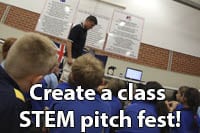
Students… pitch me your ideas!
The business pitching TV show Shark Tank and it’s competitor Dragon’s Den has certainly captured the public’s imagination in the past year or so. Sitting in your lounge room you could imagine what it would be like to walk into a room with venture capitalists to spend time pitching your business concept to experienced entrepreneurs who not only will critique your concept but perhaps offer funding and business support in exchange for equity in your business concept. It is highly engaging television and has seen winners go on to grow their businesses and profile substantially as a result of going on one of these shows.
Why not take this idea into your science classroom and create a STEM pitch fest? Not only will it be fun to see what your students come up with but the students will learn multiple skills:
- sticking to design briefs and allotted times.
- using creativity to apply science concepts.
- presentation and persuasion skills
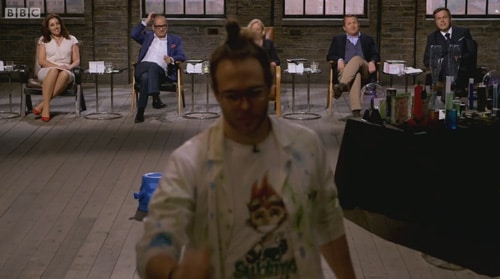
Former Fizzics Education educator & good friend Marc Wileman leaving UK’s Dragons Den having secured investors for his science communication company Sublime Science Photo: BBC
Like any lesson, this will take some resource planning and some time for students to be taught some background science so that they have a scaffold of knowledge to build from. Before you send them on their way creative journey it would be only fair to lay down some ground rules and how the competition will be judged. Some tips:
- Share the marking rubric first. This seems like a no-brainer but if you miss this step you’re bound to be accused of being too subjective. Earn points towards the STEM concepts raised by each design but still have room for creativity and the ability to persuade the audience on the need for the idea.
- Ensure that they know this is for fun! You’re not having them compete to win real funding but if you introduce this lesson well they’ll take it very seriously all the same, even if it’s just to win a chocolate bar!
- Consider having a balanced judging process that includes a student panel too. If you do so, consider a holding a lottery between each student presentation to rotate the judges. Give them all a marking rubric to work from as well. For classroom management, you might need to be careful about breaking up cliques here.
- Another option for judging could simply be via a student poll. Poll Everywhere is a great service to run this from and works across multiple devices. The students can then see the answers get collated in real time. Great for those BYOD (Bring your own device) classrooms!

- The class doesn’t necessarily have to be modelled on Shark Tank or Dragons Den though (those shows, after all, are about business first and foremost). You could instead take the model of the ABC’s New Inventors which is directly about inventors trying to bring their concept to market.
- Have the students create a working model of their idea, complete with a budget for the materials and how long it took for them to create. Your students could blog about the design process and list the scientific theories their ideas encompass.
The reason for this lesson is so you can get students to start thinking about the applications of the scientific discoveries and engineering oddities that are made every day. Some ideas may not yet have used but they are still important to investigate regardless. This could bring about the debate of the economics of research, in that there has been a shift in modern times towards research with a potential fiscal outcome (is this good thing or a bad thing?). Students often don’t see the point of certain areas of science and now is the time to show them the applications!
You could also use this science lesson as an opportunity to talk about pseudo-science and outright quackery. In the early 20th century there were snake oil salesman and people swindling money out of investors for their perpetual motion machines. Sadly a well-presented pitch can still dazzle people and the facts can be left behind in the rush to get first in on a breakthrough. Even to this day, this occurs; only recently the major biotech company Theranos burst onto the scene a couple of years ago with a promise to revolutionise blood tests and this year got into the hot water around their medical blood testing devices efficacy and subsequently lost billions of dollars in value. Theranos is now scrambling to sort out the science behind their product however the lesson for students is that you need through independent auditing and review before you go to market.
Furthermore, the idea of science and public perceptions of a particular field of study could also lead onto a variety of deep conversations where you could talk about climate change, evolution, vaccinations, plate tectonics, the Universe and other contentious issues that create friction amongst the general public. Just be careful on what topic you choose and the age group of the students involved. You don’t want to leave them with a half-formed misconception!
As you can see, simple lessons around pitching can spark a strong and robust debate with your students As long as you carefully manage your student’s emotive responses you can be assured that they will begin to think more broadly about the important place of STEM in our everyday lives and perhaps you’ll inspire a student to create the next BIG thing in science & technology!
Happy teaching,
Ben Newsome.
NEW Primary science teaching book!
“Be Amazing! How to teach science, the way primary kids love”


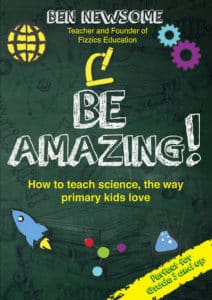





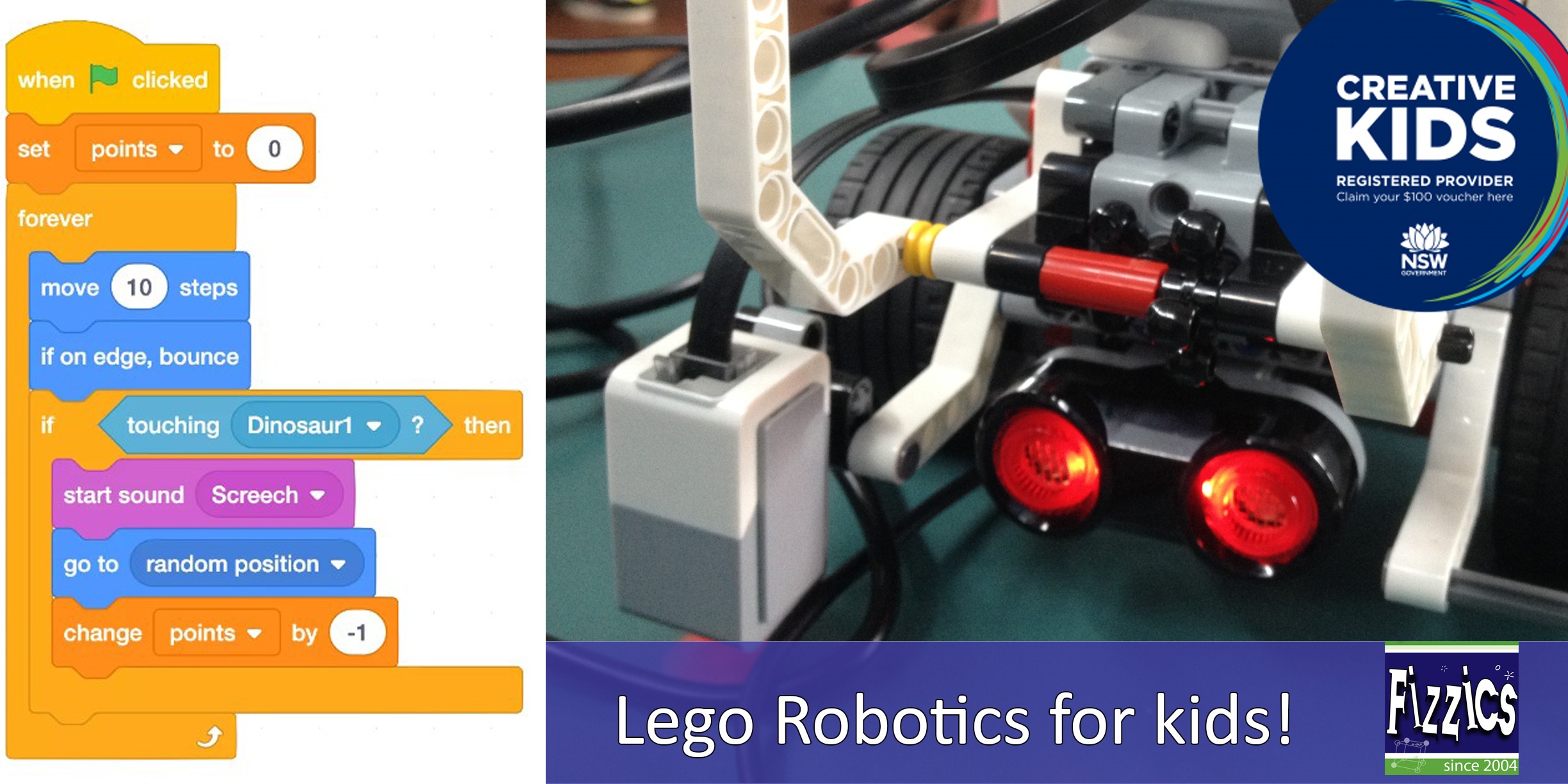
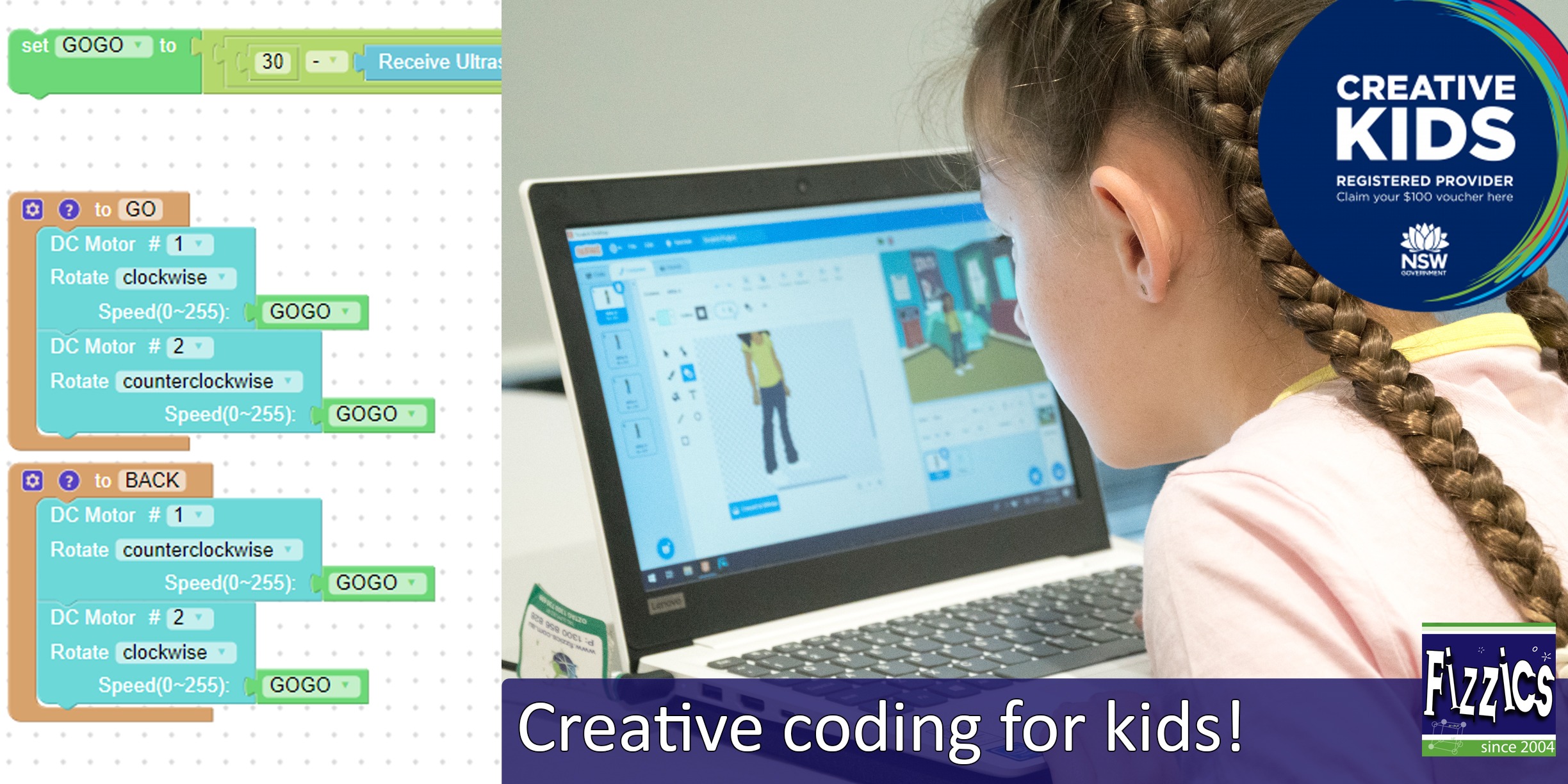
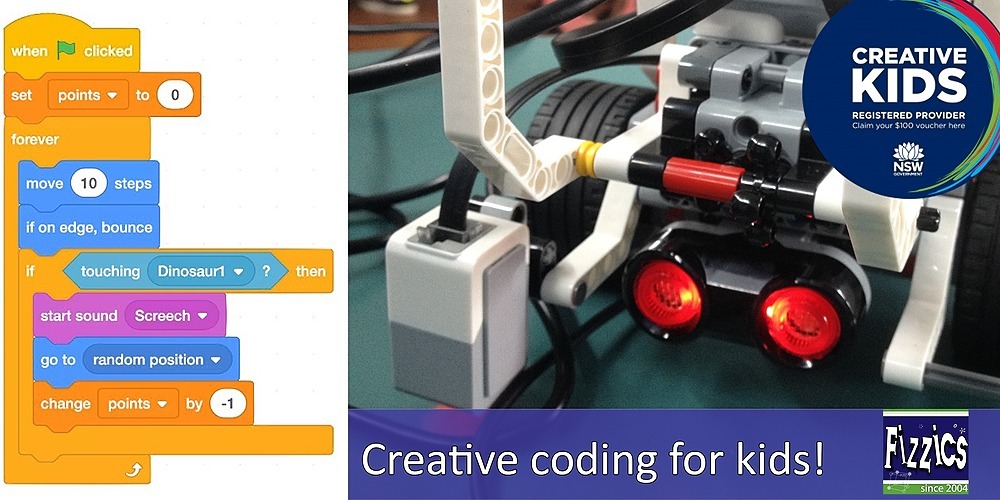

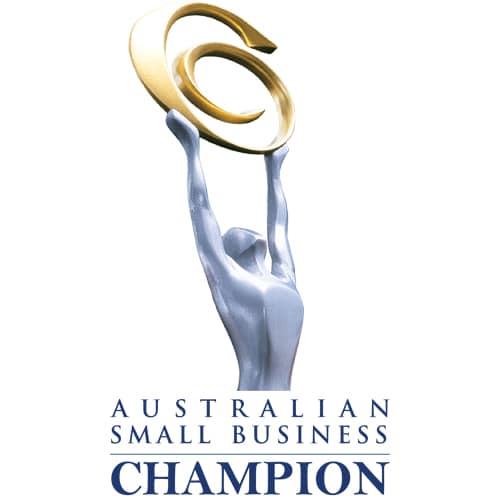
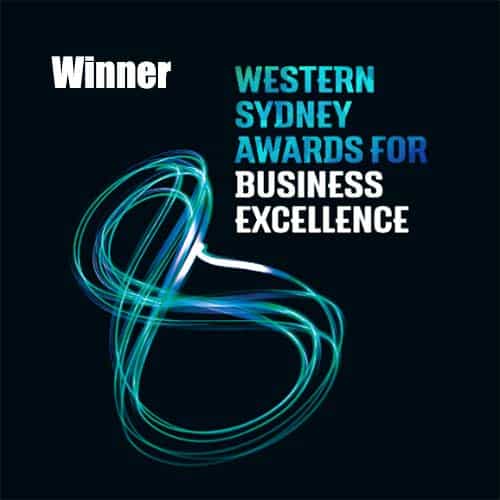
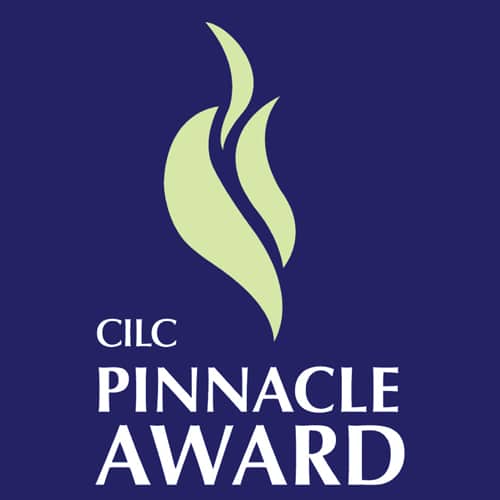

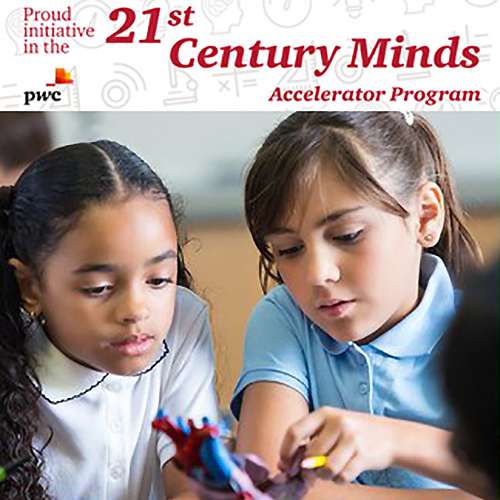
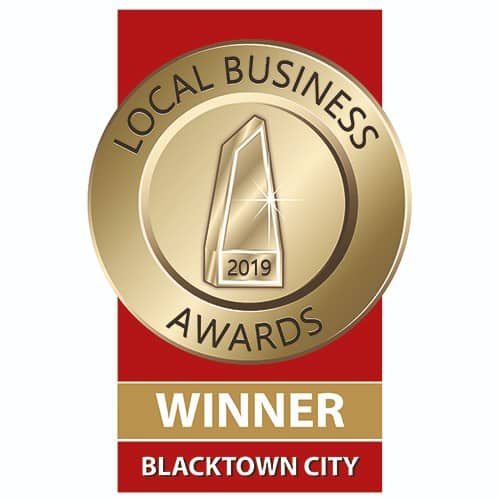
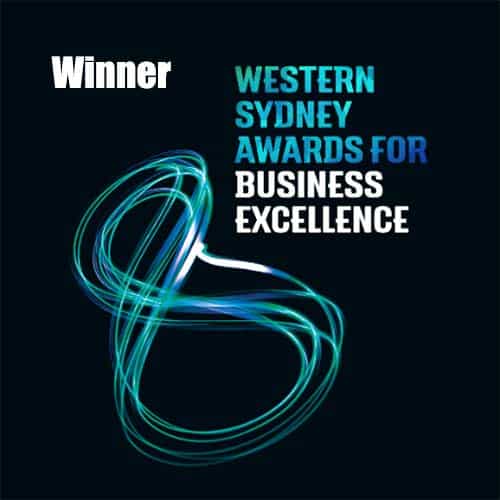
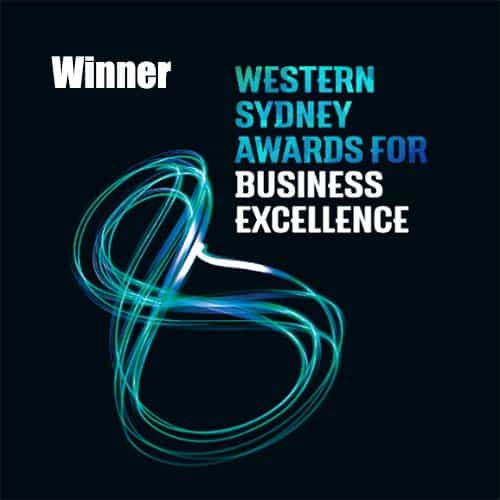
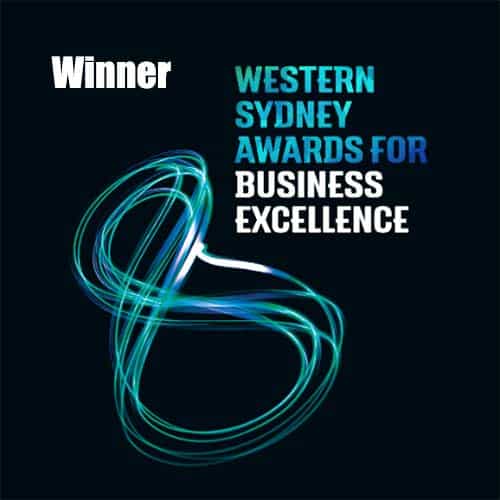
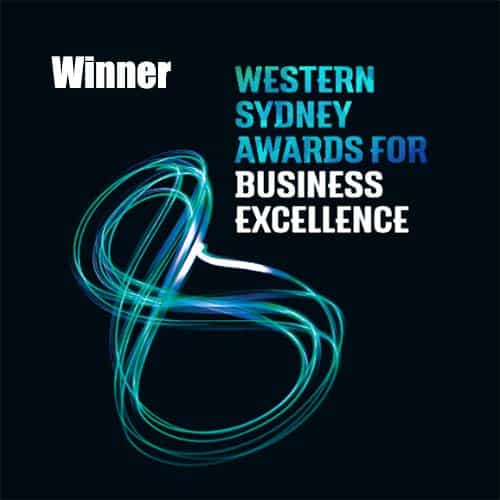
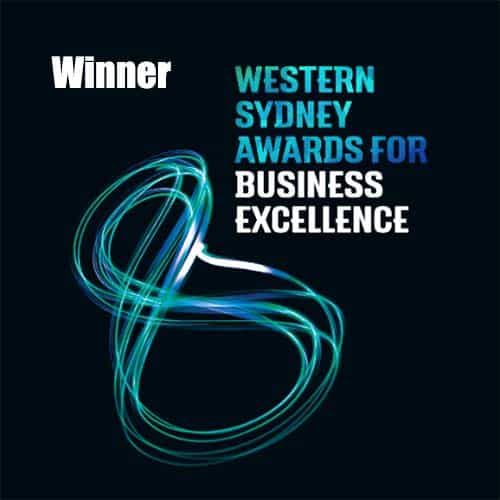

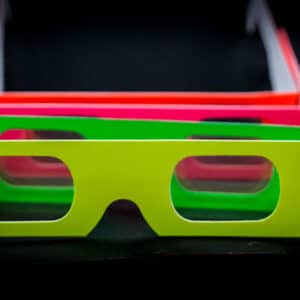



Comments